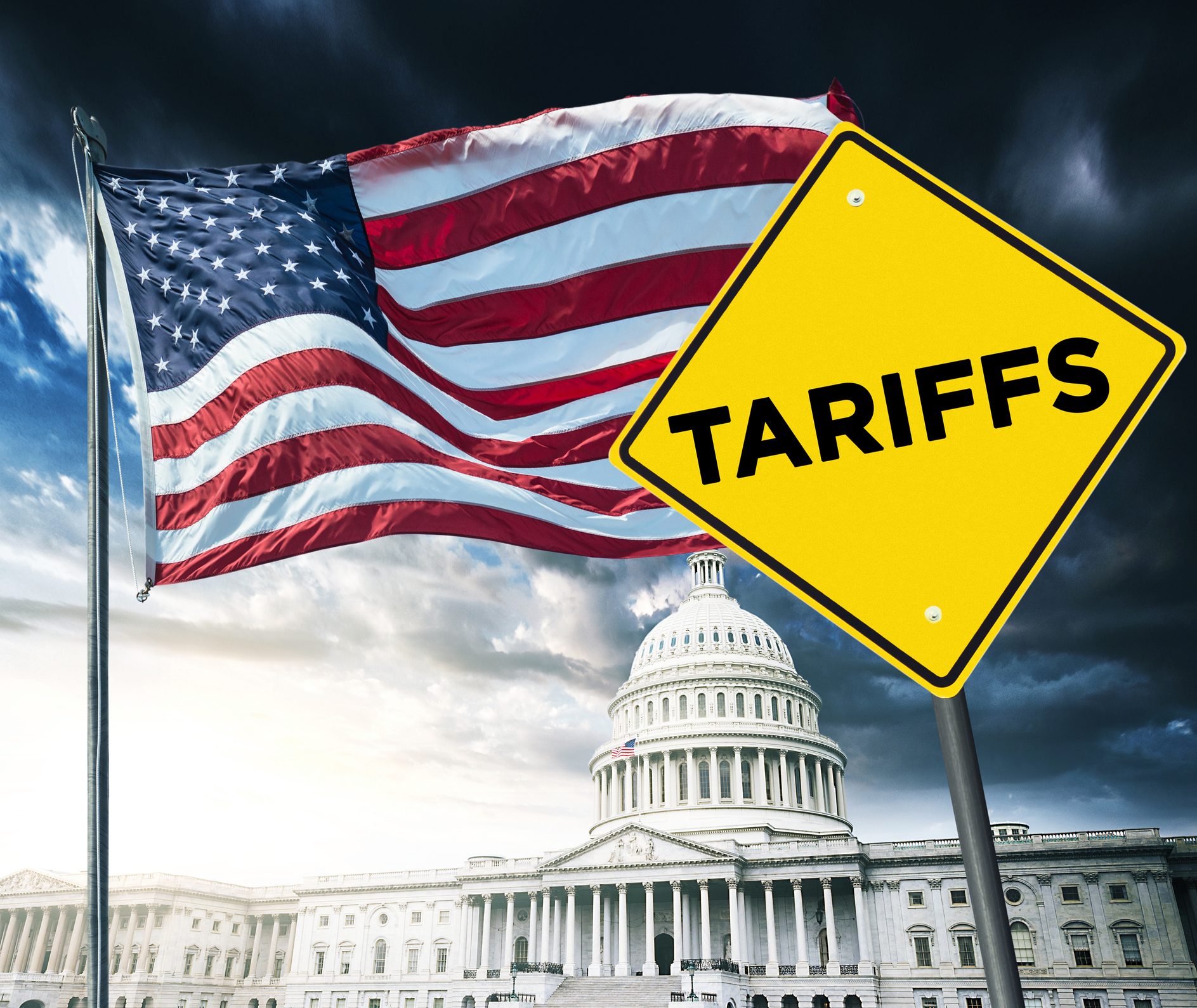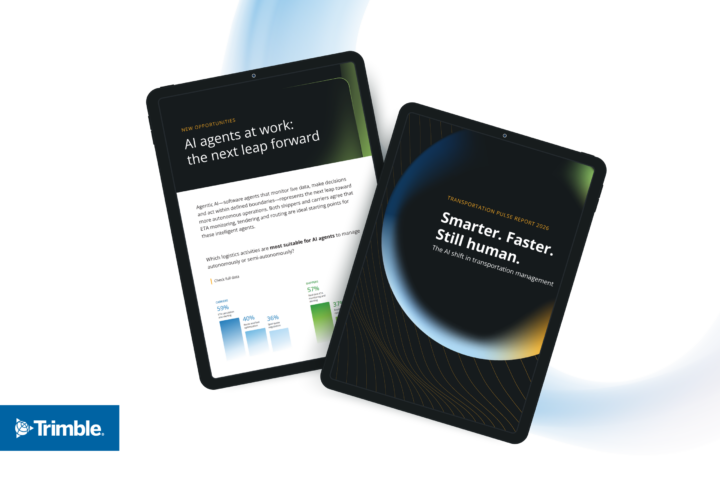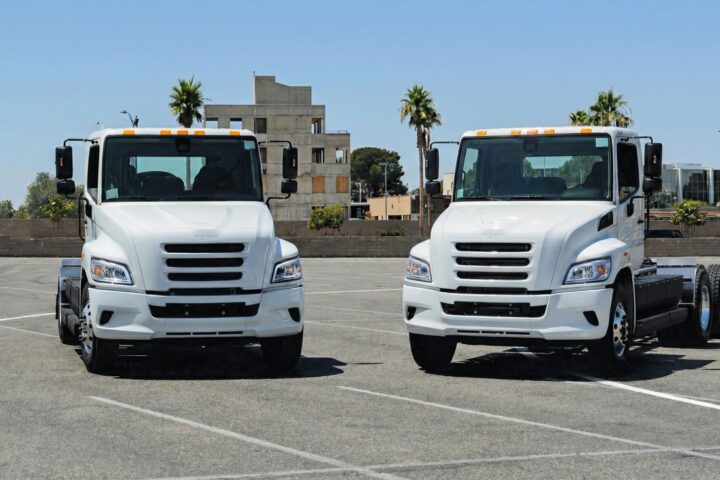Truckers are familiar with the concept of pre-buying trucks in advance of cost increases, usually associated with new emissions regulations. However, that concept has gone mainstream as importers and consumers rushed to make purchases ahead of the imposition of U.S. tariffs on imported goods.
The phenomenon has caused economists to furiously revisit their forecasts and to try to make predictions based on unprecedented circumstances.

To help trucking industry leaders make sense of it all, industry forecaster FTR Transportation Intelligence held a State of Freight webinar May 8, during which it updated its forecasts.
“We are in the fog of war,” said Jonathan Starks, CEO of FTR. “Fear creates a crippling environment when it comes to making decisions. Everybody is making short-term decisions right now, with people putting off long-term decisions until they get better clarity.”
Avery Vise, FTR’s vice-president of trucking, noted U.S. tariffs have surged from 2% globally to 21%, mostly due to a 121% increase in tariffs on China (Canada and Mexico saw tariffs rise from virtually nothing to 12%).
“This is a very large increase, and one of the effects of that is we believe core inflation will rise,” Vise said. “It seems inescapable that we will have some degree of inflation.”
Prices will rise
FTR projects core inflation rising sharply by around 4%, before gradually easing. “There is no way around it, the overall pricing environment is going to go up,” Vise said.
A surge in imports in the first quarter drove down GDP to -0.3%, since imports have a negative impact on GDP, Vise explained. However, those imports do move by truck, so the GDP Goods Transport Sector actually grew 17.7% in Q1, the largest gain seen since after the pandemic and its related supply chain shortages.
But, Vise warned, “there’s a payback coming.”
Shipments from China area already plummeting, which causes FTR to anticipate the GDP Goods Transport Sector will be down in Q2 (-8.4%) and Q3 (-4.9%) and will remain negative through the end of the year.
New vehicle sales are also expected to fall, after a pre-buy of cars and light trucks reached their highest non-Covid-related levels since 2017.
“We expect we will have a pretty big drop in sales,” Vise said of the automobile market, noting consumers rushed to replace vehicles in advance of the tariffs and automakers are likely to curtail production in the near term.
Pre-buying buoyed Q1 freight demand
There was also a noticeable pre-buy in equipment investment, Vise added, which was strong in Q1 with a 23% quarter-over-quarter increase. “This was almost certainly a pre-buy effect due to tariffs,” he said.
And then there was also a pre-buy when it came to industrial production, which was strong in Q1, but is likely to flatten in Q2 before turning negative the following three quarters.
Bill Witte, chief forecaster at Witte Econometrics, said the current political landscape in Washington is so unprecedented, it makes forecasting difficult.
“The picture going forward for at least a year, year-and-a-half, and probably beyond that, is going to be driven by what is happening with economic policy out of Washington, in particular tariffs,” he said. “The situation there is unprecedented. We haven’t seen tariffs at anything like these levels in memory and it’s beyond anything in our currently available data.”
Pandemic-like environment
He compared the current environment to that during the pandemic, in which it was difficult to forecast because the pandemic itself was unpredictable. So too, now, is policy in Washington.
“Here, the question is, how is policy going to unfold?” he asked. “Will the tariffs remain in place? Will they be augmented by retaliation? Reduced through negotiation?”
The only certainty is that “We’re going to have [GDP] volatility,” Witte said. With imports declining, GDP should grow, but the sharp drop in those imports will have a negative impact on truck freight, especially since importers had already pre-bought inventory before the tariffs took effect.













